Knitted hats are essential for your life, to keep warmth, and to protect you from sunburn. For today’s article, we will share six common knitting stitches you should know about; let’s get started!!
The knitted fabric uses a knitting needle to bend yarn into a coil and thread each other. They have good scalability, softness, moisture absorption, and air permeability.
The modern knit hat appears to trace its origins to the Welsh town of Monmouth, whose proximity to Archenfield—a famous wool-producing town—made it a natural knitting hub. Monmouth’s most beloved knitted product is a round hat topped with a “ button .”
Beanies: Super simple or dressed up with lace or cable patterns. Beautiful gifts for knitters to make.
Tams/Berets: Tams and berets can be plain stockinette or intricate Fair Isle. They are flattering on every face shape, too.
Earflap Hats: Popular in cold climates, great for keeping ears warm, and fun to knit.
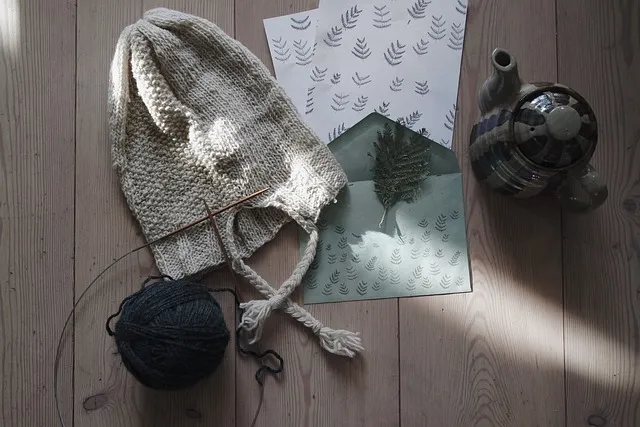
Being new to knitting shouldn’t stop you from creating beautiful handmade fabrics. This section lists the easiest and most important six knitting stitches you’ll need to know for most basic hand-knitting patterns.
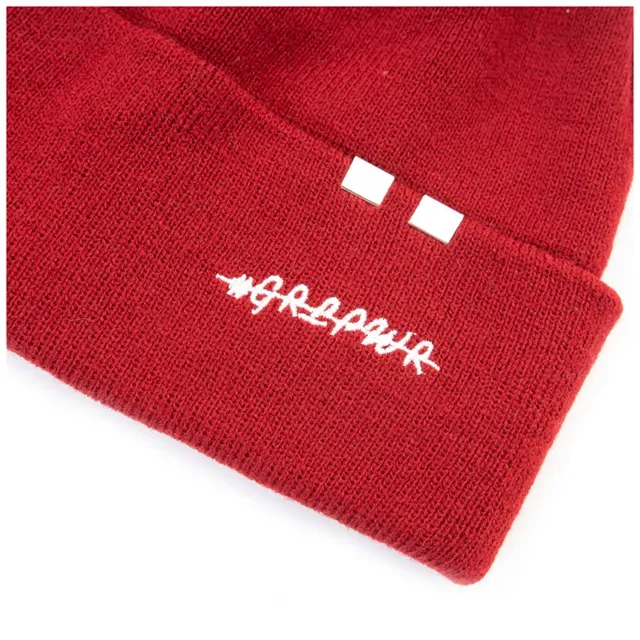
Definition:
Jersey knit fabric is yarns or threads looped around each other. When the fabric is pulled, the loops pull against each other. The space in between creates space for the fabric to move and stretch.
How:
Use a knitting machine to get the tiny and close-knit stitches. Jersey fabric has two sides; the side with small, vertical lines is considered the right side, while the side with horizontal lines which are not as smooth is regarded as the wrong side.
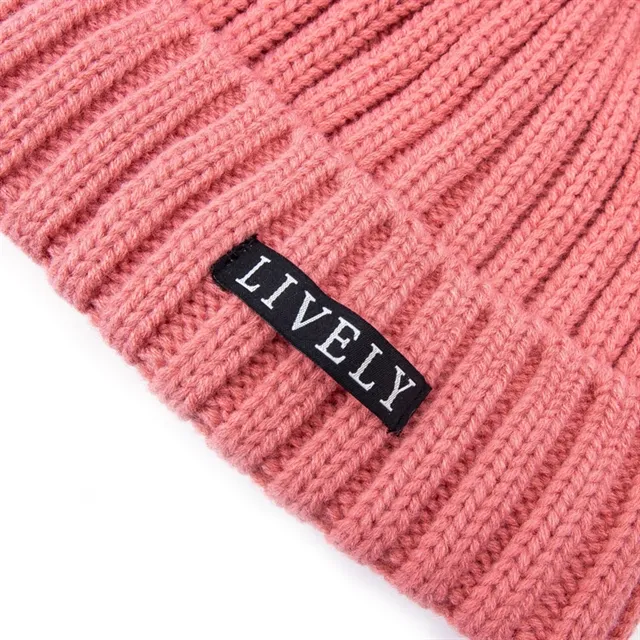
Definition:
referred to as ‘ribbing,’ the rib stitch involves creating columns of alternating knit and purl stitches.
If you knit one stitch, then purl one stitch; this is known as 1×1 rib stitch. If you knit two, then purl two; this is known as 2×2 rib stitch, and so on. Ribbing creates a very stretchy, textured fabric and is often used for collars and cuffs.
How:
1×1 RIB STITCH WITH AN ODD NUMBER OF STITCHES
Row 1: *Knit 1, Purl 1* across the entire row
Row 2: *Purl 1, Knit 1* across the whole row
Repeat rows 1+2 until you reach the desired length.
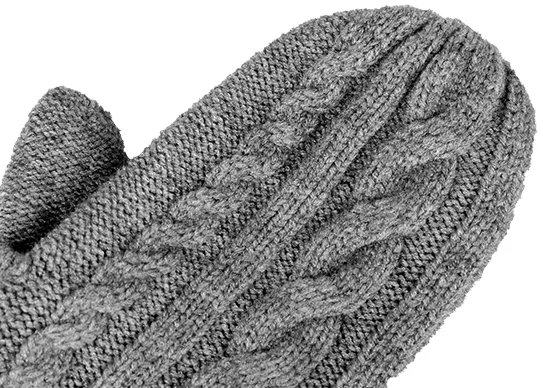
Definition:
A type of knitting stitch resulting in a twisted design resembling a knot, braid, or rope. The knitter must be patient while working.
How:
Basic Cable Stitch:
I. Work on a foundation chain. Attach the yarn to your crochet hook using a slipknot, then work a foundation of 12 chain stitches.
II. Work one row of double crochet. Chain an additional three stitches, then double-crochet once into each stitch of your foundation chain. Turn the work when you reach the end of the row.
III. Double-crochet into the start of the next row. Create a turning chain of three stitches, then double-crochet once into each of the first two stitches of the previous row.
IV. Work two triple crochets into the front posts only.
V. Double-crochet after the cables. Work one double crochet into each of the next two stitches.
VI. Repeat to the end of the row.
VII. Double-crochet into the start of the next row.
VIII. Work two triple crochets into the back posts only.
IX. Double crochet after the cables.
X. Mirror the rest of the row.
XI. Alternate back and forth as needed.
Also, you can learn six-stitch crossed cable if you would like to.
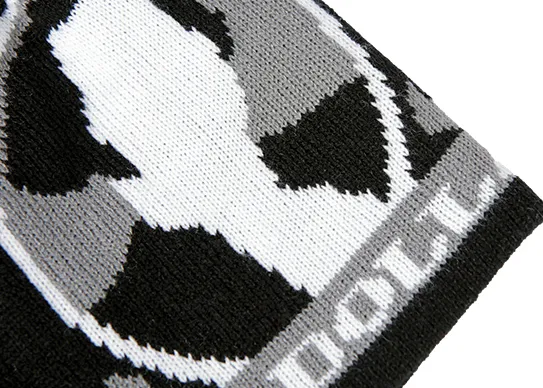
Definition:
Similar to woven jacquards, they feature complex patterns in multiple colors and are generally reversible. Made with the jacquard controls on a knitting machine using any yarn, they may be either single or double-knit. When knitted rather than woven, jacquards have more stretch, a more flexible drape, and increased breathability as a fabric.
Mainly five types: air layer jacquard, stripe jacquard, sesame dot jacquard, dotted jacquard, and appliqué.
01. Air layer Jacquard
When two-color jacquard, the front, and back are separated.
Front and back patterns are the same, and the colors are opposite.
Tricolor or above with poor elasticity.
02. Striped Jacquard
Front and back are integrated.
I have woven flat fabric.
Poor elasticity.
The reverse side is striped.
No more than four colors.
03. Sesame point Jacquard
Front and back are integrated.
The reverse side is a sesame dot.
They are easily exposed.
Poor elasticity.
No more than four colors.
04. Dotted Jacquard
Easy to miss the needle.
Easy to have to drop needle and drawnwork.
Poor elasticity.
The spacing of the same color block shall be at most 3 / 4 inches.
No more than three colors.
05. Applique
Thin fabric.
Easy to curl, wire, and hit the pin.
There are limitations to a large amount of manual work.
How:
Row 1: knit 1, *slip 4 with the yarn in front of the work, knit 4*. Repeat from * to * until there is one stitch left. Knit 1.
Row 2: purl 4, *slip 4 with the yarn behind the work, purl 4*. Repeat from * to * until there are six stitches left. Slip 4 with the yarn behind the work, purl 2.
Row 3: knit 3, *slip 4 with the yarn in front of the work, knit 4*. Repeat from * to * until there are seven stitches left. Slip 4 with the yarn in front of the work, and knit 3.
Row 4: purl 2, *slip 4 with the yarn behind the work, purl 4*. Repeat from * to * until the end of the row.
Row 5: knit 5, *slip 4 with the yarn in front of the work, knit 4*. Repeat from * to * until there are five stitches left. Slip 4 with the yarn in front of the work, and knit 1.
Row 6: purl 1, slip 3 with the yarn behind the work, purl 4, *slip 4 with the yarn behind the work, purl 4*. Repeat from * to * until two stitches are left—end by decreasing 1 with the yarn behind the work, purl 1.
Row 7: knit 2, *slip 4 with the yarn in front of the work, knit 4*. Repeat from * to * until the end of the row.
Row 8: purl 5, *slip 4 with the yarn behind the work, purl 4*. Repeat from * to * until there are five stitches left. Slip 4 with the yarn behind the work, purl 1.
Row 9: knit 5, slip 3 with the yarn in front of the work, and knit 4. *Continue slipping 4 with the yarn in front of the work, knit 4*. Repeat from * to * until there are two stitches left. Slip 1 with the yarn in front of the work, and knit 1.
Row 10: purl 1, slip 2 with the yarn behind the work, purl 4, *slip 4 with the yarn behind the work, purl 4*. Continue repeating from * to * until there are three stitches left. Slip 2 with the yarn behind the work, and knit 1.
Row 11: knit 1, slip 1 with the yarn in front of the work, knit 4. *Continue slipping 4 with the yarn in front of the work, knit 4*. Repeat from * to * until there are four stitches left. Slip 3 with the yarn in front of the work, knit 1.
Row 12: purl 1. *Slip 4 with the yarn behind the work, purl 4*. Repeat from * to * until there is one stitch left. Purl 1.
To make your project longer, repeat rows 1 to 12.
Also, you can use a machine to make this fabric.
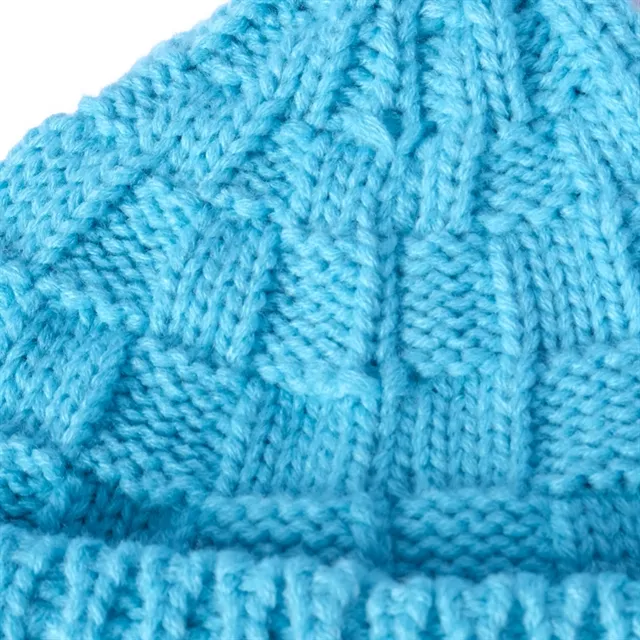
Definition:
The moss stitch, also known as the granite stitch, is a simple crochet stitch that produces textured crochet pieces.
How:
Work on multiples of two stitches and involve a four-row repeat.
Rows 1 and 2: *Knit one, purl one. Repeat from * across.
Rows 3 and 4: *Purl one, knit one. Repeat from * across.
Repeat these four rows for the pattern and get the Moss Stitch.
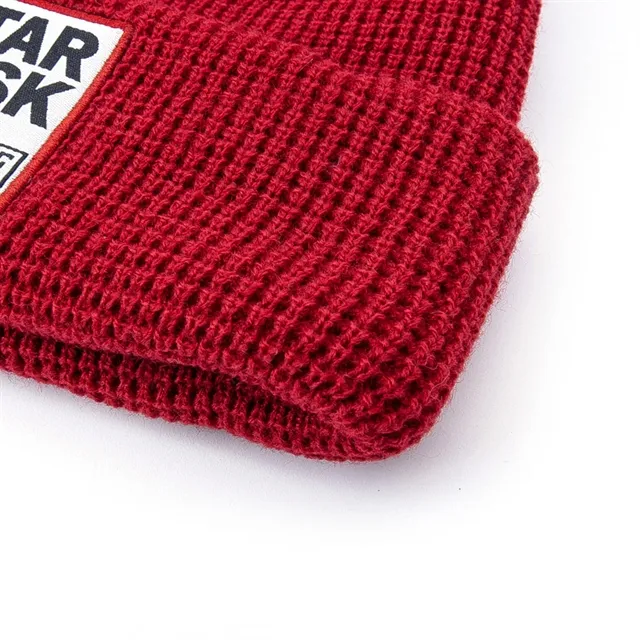
Definition:
The waffle stitch is an intricate looking textured knit stitch that is quite simple to create. Four rows to work in a sequence for producing the waffle pattern. It can be used to make a washcloth, scarf, or waffle stitch blanket.
How:
First, cast on multiples of three plus one additional stitch, then knit one and purl one, purl one and knit one, knit to the end, and purl to the end.
Repeat the sequence and cast off as usual to finish your project.
Photo by Kate McLean on Unsplash
Knitted hats are a wardrobe staple for the winter. The best way to keep yourself cozy during the winter is without letting go of style. They also serve as a foolproof way to pop in colors to your otherwise subdued winter attire. Any different ideas about knitting hats? Please share your thoughts below and let us know!!